Tucson Hybrid review, Cadillac Lyriq details, Toyota electric pickup, A6 E-Tron: The Week in Reverse
Which electric vehicles earned top safety ratings this week?
Which luxury brand revealed a fully electric sedan with 800V charging?
This is our look back at the Week In Reverse—right here at Green Car Reports—for the week ending April 23, 2021.
This week we took a first drive in the 2022 Hyundai Tucson Hybrid and found that its superiority over the non-hybrid versions of the Tucson extends beyond just gas mileage.
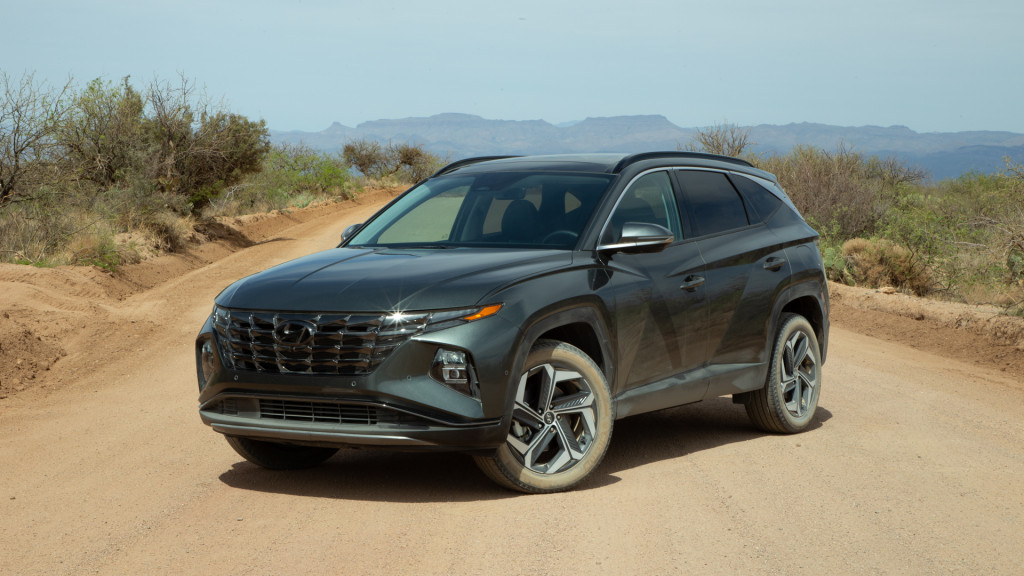
2022 Hyundai Tucson
Toyota teased one of the fully electric vehicles set to arrive in the U.S. in 2022—in the form of the RAV4-sized bZ4X Concept. And it dropped an about-face bombshell in also confirming the arrival of a fully electric Toyota pickup, as well as a hybrid truck, “in the near future.”
GM on Wednesday provided base pricing and some new details regarding the 2023 Cadillac Lyriq electric crossover. The Lyriq will start at $59,990, deliver more than 300 miles of range, offer 190-kw DC fast-charging, and arrive in the first half of 2022.
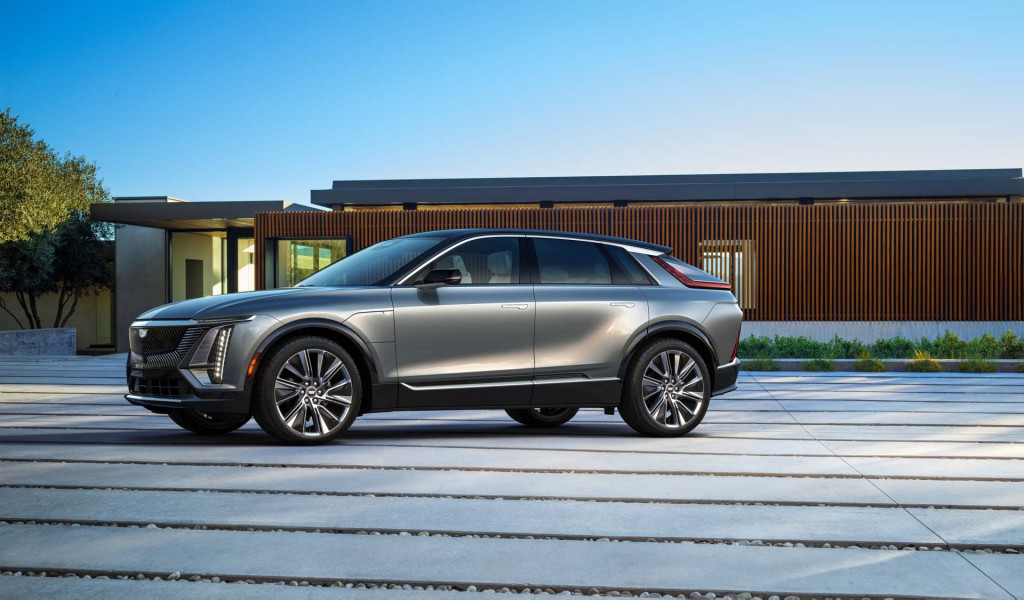
2023 Cadillac Lyriq
Honda provided a long-awaited U.S. update regarding its electric vehicle plans, and they’re looking more ambitious than the automaker had indicated as recently as a year or so ago. It’s aiming for BEVs and fuel-cell vehicles to make up 40% of U.S. sales by 2030 and 80% by 2035, with solid-state battery tech and a dedicated EV platform on the way.
There were several other important debuts. At the start of the week, Audi revealed its A6 E-Tron Concept at the Shanghai Motor Show. As a fully electric fastback built on the company’s 800-volt premium EV platform, the A6 E-Tron gives nod to the brand’s tech and design leadership in the 1980s.
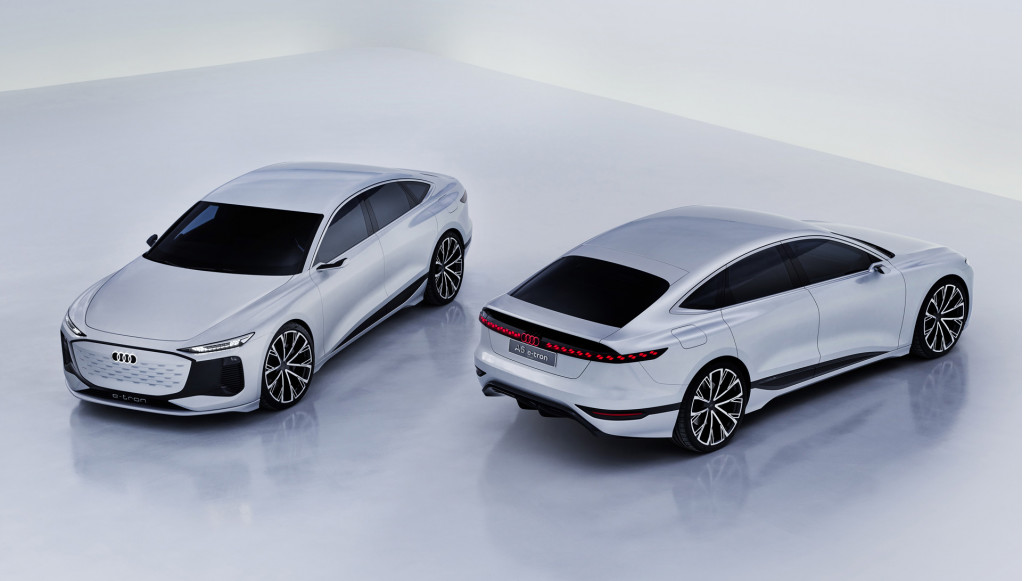
Audi A6 E-Tron Concept – 2021 Shanghai auto show
Mercedes-Benz also revealed the EQB electric crossover at Shanghai, and confirmed it for the U.S.—although specs for us are expected to be quite different.
Genesis revealed its first EV in the form of the Electrified G80 sedan. Although it’s a version of the brand’s gasoline-powered flagship sedan, the brand added 800V charging and a 3.6-kw power takeoff.
BYD provided a first glimpse of its next-generation platform for electric vehicles. Called e-platform 3.0, it will combine BYD’s LFP-based Blade battery with up to 600 miles of range, improved system efficiency, ultra-low coefficients of drag, and fast-charging bringing up to 90 miles of range in five minutes.
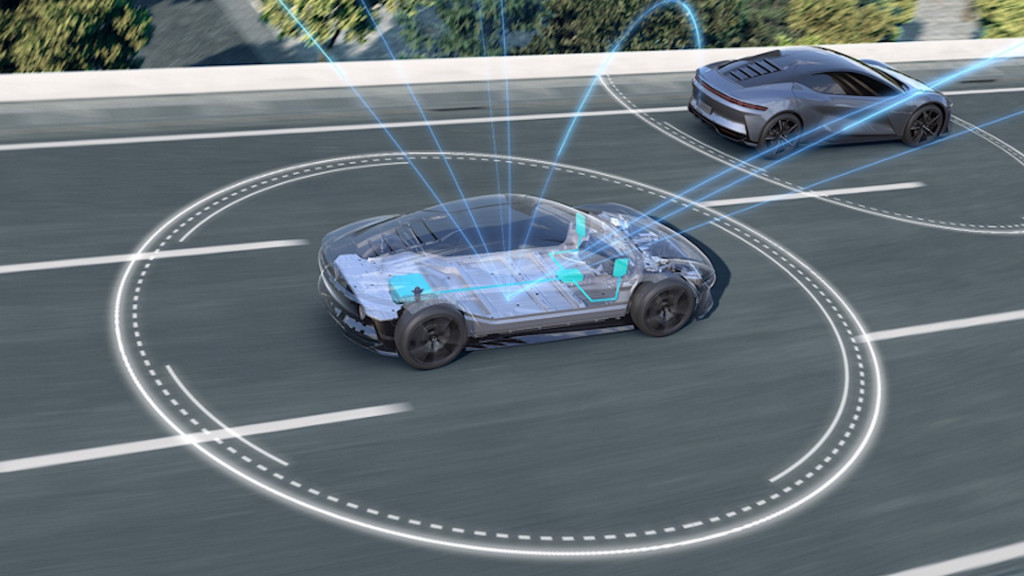
BYD e-platform 3.0
President Biden pledged to cut U.S. greenhouse gas emissions by at least half by 2030—the same day that the administration made a first move to restore California emissions authority. Earlier in the week the EPA Office of the Inspector General found that there were flaws surrounding the entire rulemaking process for Trump-era fuel-efficiency standards—including a multitude of errors that were corrected after then-administrator Andrew Wheeler signed them. New standards for vehicle efficiency and emissions are expected to be announced by the EPA by July.
BMW on Monday announced that it plans to have solid-state battery technology in a prototype by 2025 and a production model by 2030—in its “Neue Klasse” EVs riding on a dedicated EV platform. And Toyota is expanding its hydrogen ecosystem—this time with hydrogen-powered internal combustion engines destined for a racing series.
Crash tests and real-world data continue to suggest that electric vehicles are just as safe as—if not safer than—gasoline vehicles. The IIHS gave the Ford Mustang Mach-E and Volvo XC40 Recharge top safety ratings this week.

2021 Ford Mustang Mach-E
The first publicly accessible fast-charging station for heavy-duty trucks opened this week. Called Electric Island, the Portland facility, next to Daimler Trucks’ North American headquarters is a testbed that’s ready for the megawatt fast-charging that will allow charges in about the time a driver might pause for a break.
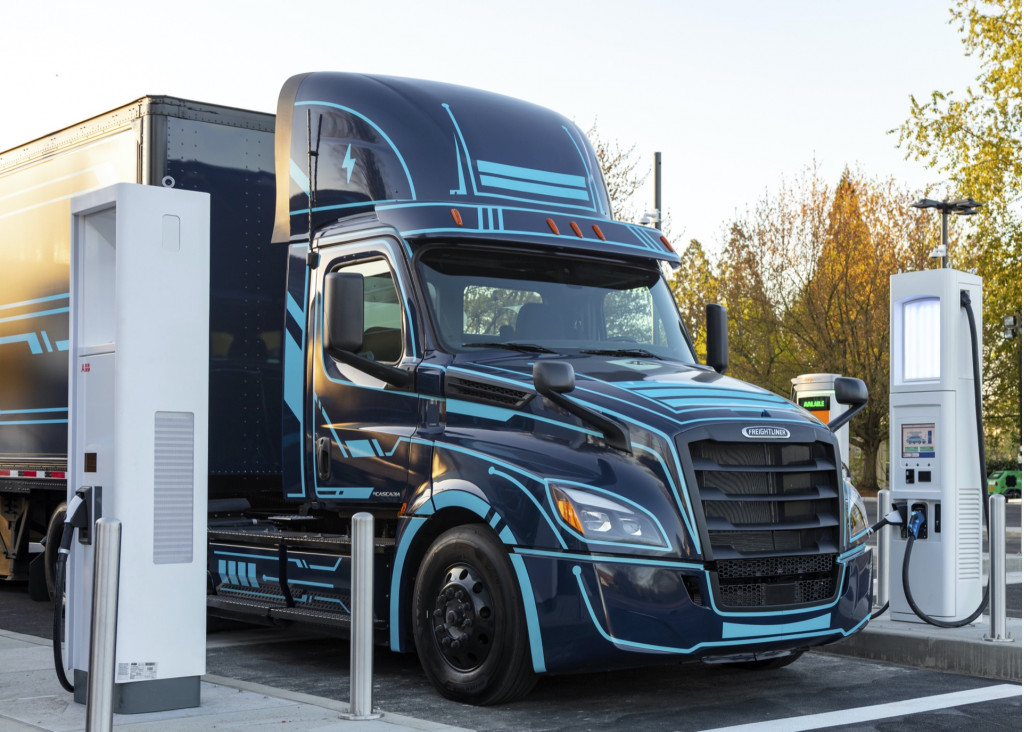
Electric Island – Daimler Trucks North America and PGE – Portland OR
And on that note, the truck stop operator Lowe’s has teamed with the factory-farming Cargill to jointly mass-produce biodiesel from rendered beef fat. It’s claimed to result in lower carbon emissions than petroleum-based diesel.
Earlier this week an Automotive News report, gathering months of interviews, helped underscore how the GM EV1 sparked the era of the electric car—and it left us considering how different the outcome might have been had GM remained focused on EVs.
A comprehensive study from California found that all new U.S. vehicles can be fully electric by 2035. Such a move, in addition to cleaning up the air, would save households about $1,000 annually over the next 30 years.
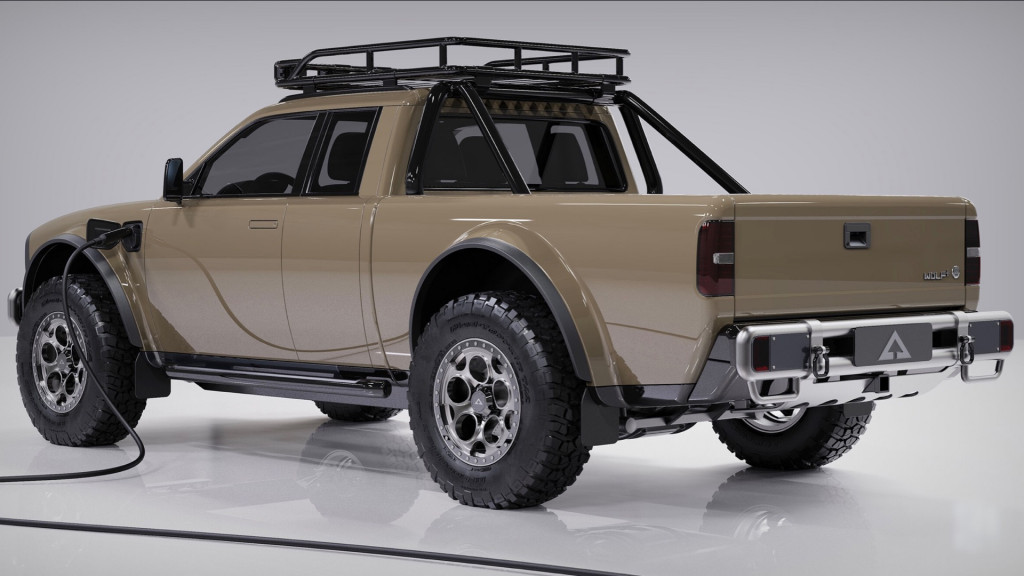
Alpha Wolf+
And last weekend, we looked at Alpha Motors’ latest Wolf+ retro-styled truck concept—sized up to dimensions that might fit better into the American pickup market. Is it as charming as the mysterious startup’s other concepts? Or an alternative to the
_______________________________________

